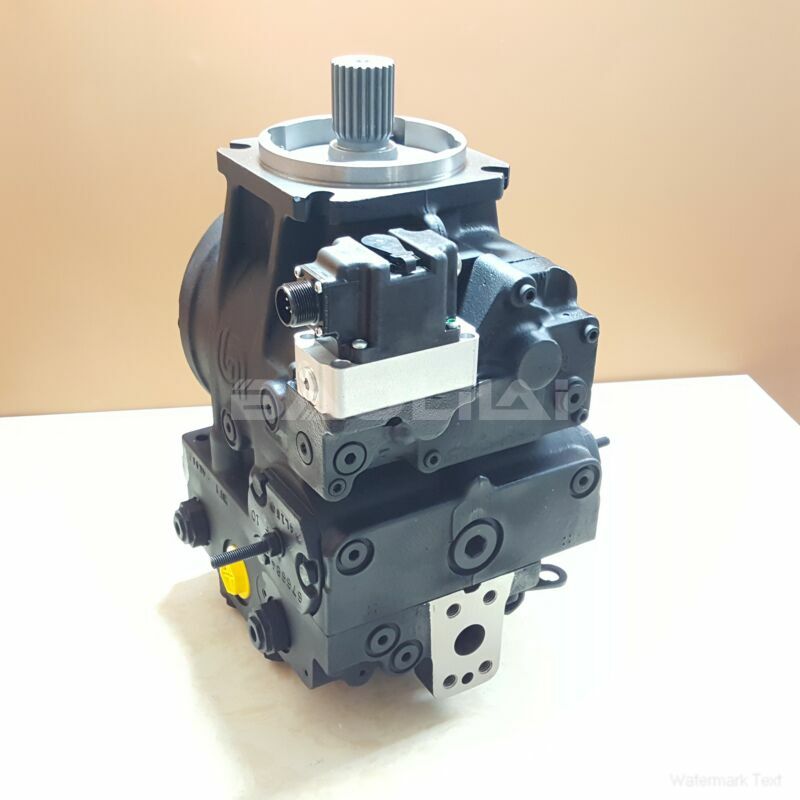90L100KP1CD60R3S1E03GBA323226 danfoss pump
90L100KP1CD60R3S1E03GBA323226 danfoss pump

- Product Details
- Applicable Scene
The pulp and paper industry demands precision and reliability in its fluid management systems, given the complexities involved in the transformation of raw materials into finished products. Plunger pumps have emerged as vital components in this sector, enhancing fluid control and optimizing production processes significantly.
90-L-100-KP-1-CD-60-R-3-S1-E-03-GBA-32-32-26
90L100KP1CD60R3S1E03GBA323226
Plunger pumps operate on a positive displacement principle, where fluid is moved through a cylinder by a reciprocating plunger. This mechanism allows for consistent and controlled flow rates, which is crucial in pulp and paper production where variations in fluid handling can lead to significant production inefficiencies and inconsistent product quality.

9622068
One of the primary advantages of plunger pumps is their ability to handle viscous and abrasive fluids commonly encountered in pulp and paper manufacturing. The slurry used for pulp production often contains fibers, chemicals, and water, all of which can be challenging for traditional pumps to manage effectively. Plunger pumps, designed to withstand high pressures and handle abrasive materials, ensure that these slurries are transferred smoothly without causing wear or damage to the pump itself.
Another critical aspect of plunger pumps is their capability for precise flow control. In pulp and paper production, maintaining the correct ratios of water, chemicals, and pulp is essential for achieving the desired quality and consistency of the final product. Plunger pumps can be fine-tuned to deliver exact quantities of materials, enabling operators to adjust the mixes quickly and accurately in response to real-time production requirements.
Moreover, plunger pumps are known for their durability and long service life. In an industry where downtime can be costly, the reliability of plunger pumps minimizes the need for frequent maintenance or replacements. Their robust construction allows them to operate efficiently under demanding conditions, contributing to a more streamlined and cost-effective production process.





